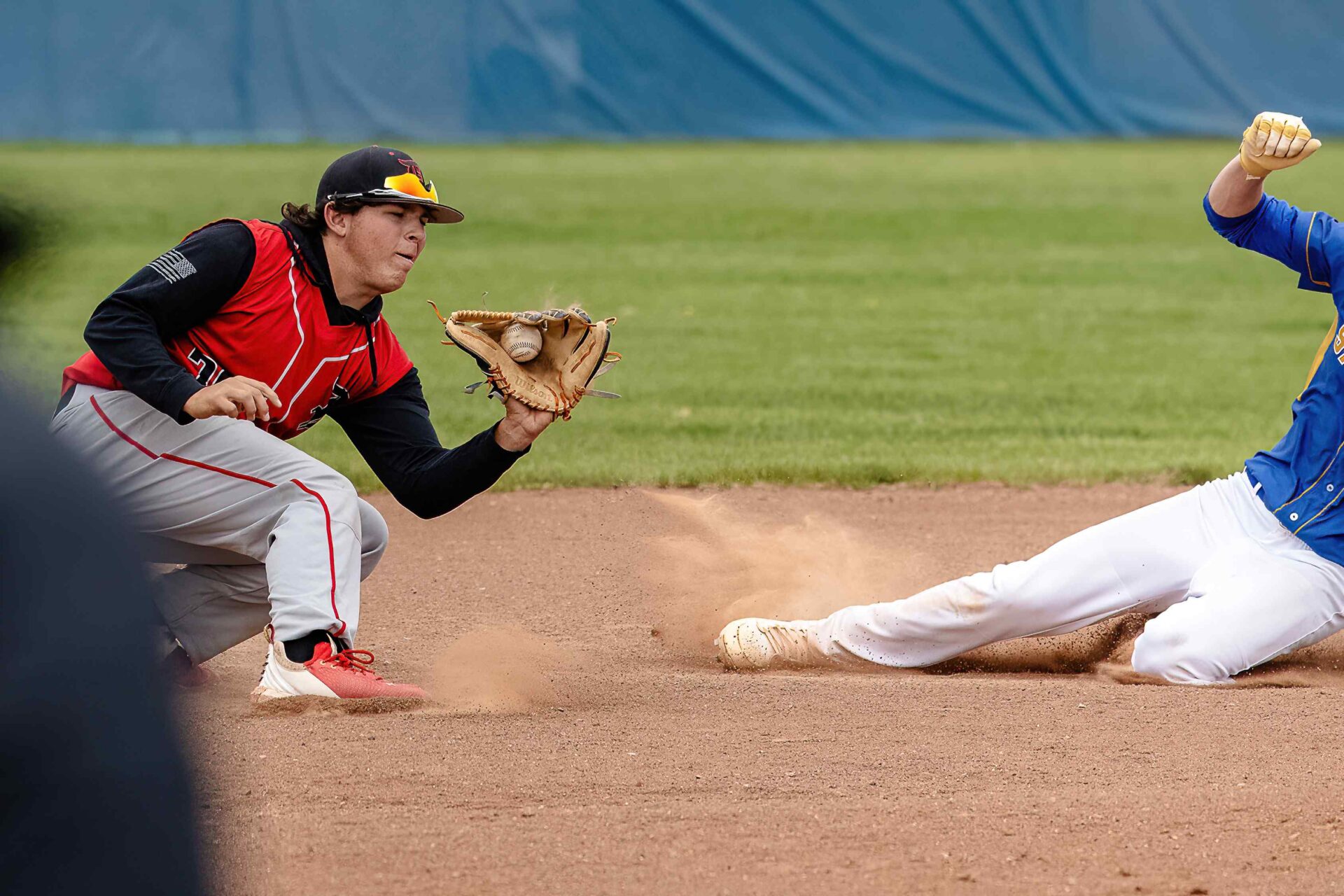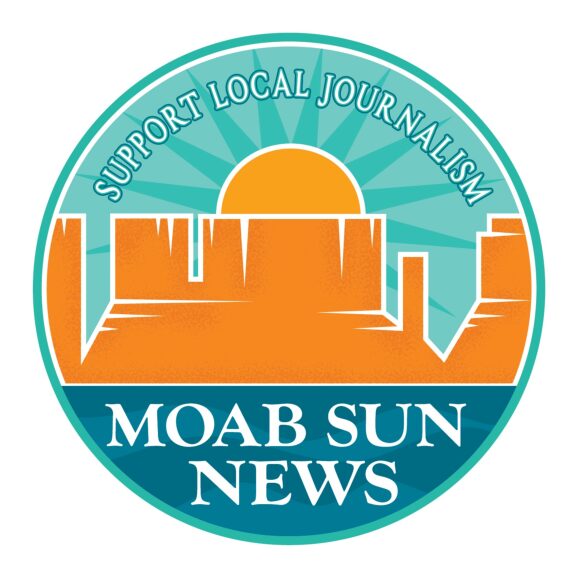The program runs every Tuesday morning at 11 a.m. until October 31

In 1904, a postcard was delivered to the small community of Miner’s Basin in the La Sal Mountains. To get there, it wove its way through a number of nearby towns—Cisco, Dewey, Richardson, Castleton—and the people in those towns made sure that mail could cross through.
Miner’s Basin was then a mining town, hence the name. It was entirely remote, a place where, for a few years, miners found new riches in gold and silver. Castleton served as a hub for the area, a home to miners passing through and ranchers running sheep and cattle. Dewey was a transportation hub: a place where travelers could use a ferry to cross the Colorado River. But when industries changed—when the mining ore dried up—those towns became “ghost towns”: once flourishing communities now inhabited by few or no people at all.
During the Moab Museum’s “Grand County Ghost Towns” program, every Tuesday morning at 11 a.m. until October 31, participants will trace the path of that 1904 postcard by looking at historic photos and listening to oral histories depicting life in those once bustling towns.
“Thinking about ghost towns makes you think about how people are living in the environment today,” said Mary Langworthy, the museum’s public programs manager who runs the ghost towns program. “And it reminds us that a lot has changed in the human landscape in the last century and a half of living in this pretty crazy and challenging environment that we call home.”

The program came about as Langworthy worked on digitizing the museum’s collection, a years-long project. She’s been organizing oral histories for a while—in the spring, the museum used those to create an exhibit called “A Grand Heritage: Stories from the Oral History Archive.”
“Digitizing a bunch of backlog, working with volunteers who have been digitizing information that goes with historic photos, just spending a few years in and around the collection helped put this together,” she said.
The program is also a direct response to a few commonly asked questions in the museum.
“A lot of visitors in this region are very captivated by the ideas in their mind about Western history and ghost towns,” she said. “And we have a lot of that history.”
The program has been popular, too, Langworthy said—she’s put it on for a group of Utah State University students, and a few high school classes.
“This program just came about because I saw so many pieces of the web—I thought, wow, we have all the pieces of this story from this time and this artifact,” Langworthy said. “The postcard is just a tiny little piece of paper, but being able to use it to explore this web of ghost towns I think works well.”



